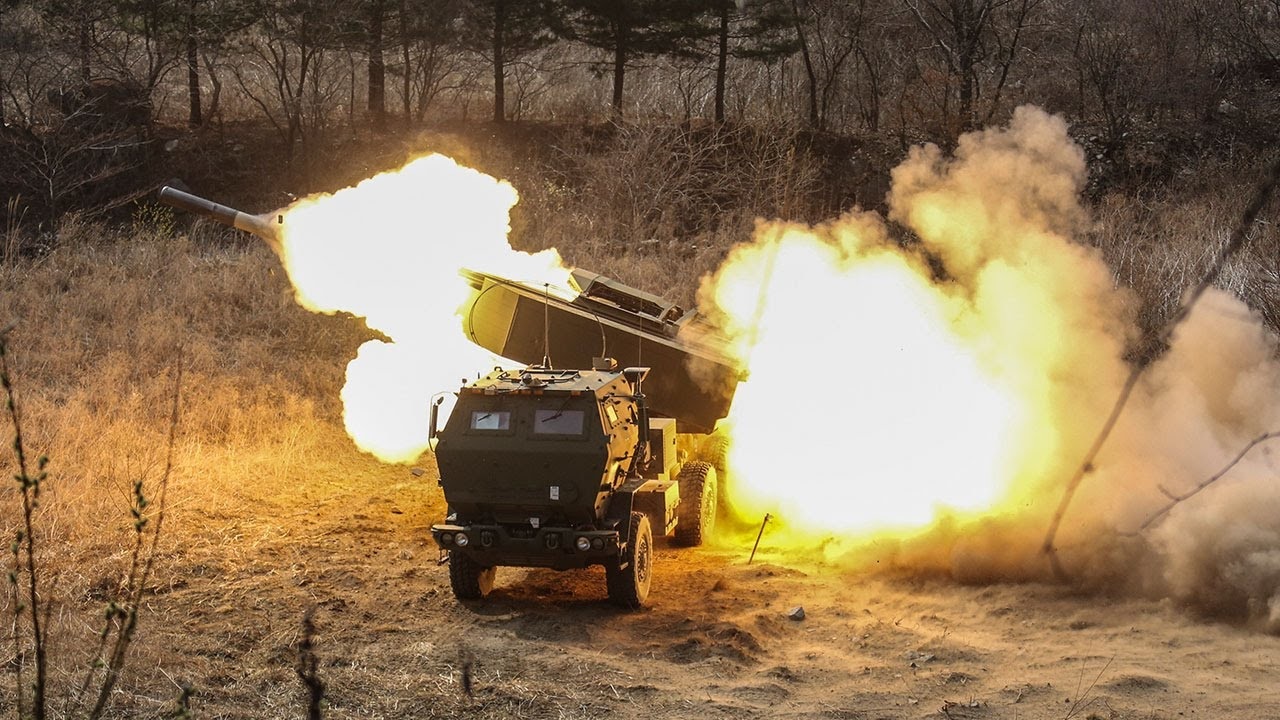Back in September, the United States committed to doubling the number of M142 High Mobility Artillery Rocket Systems (HIMARS) that were being sent to Ukraine.
And now this month, the Pentagon has announced that it awarded a $430 million contract to defense and aerospace giant Lockheed Martin for the production of the missile launchers, along with support services to support the U.S. military and various Foreign Military Sales partners.
This is actually the first contract for the production of additional HIMARS since April before the first of the mobile vehicles were deployed to Ukraine. The U.S. Department of Defense (DoD), hasn’t specified who will receive the next batch – but the platform certainly has eager buyers. Estonia, Latvia, Lithuania, and Poland have placed orders for the HIMARS, which could greatly enhance the artillery arsenals of those nations – all of which share borders with Russian territory.
Ukraine Could Use More HIMARS
Though the HIMARS has been seen as a critical weapon in Ukraine’s efforts to liberate territory from Russia and to support its campaign against the Moscow-backed separatists in the Eastern Donbas region, more are likely needed. With only about twenty in service, the HIMARS are stretched thin given the 800 to 1,000 km (500 to 620 mile) long frontline.
As the war in Ukraine has become an artillery duel, additional launchers could help further shift the tide in Kyiv’s favor. Simply put, Ukraine lacks the number needed.
“HIMARS has been hailed by the media when they were delivered to the Ukrainian forces. However, despite the media attention, it remains dubious how far they came to be a war-changing weapon,” Marina Miron, from the Defence Studies Department of the King’s College London, told Newsweek this week.
The U.S. has also been cautious of sending offensive platforms to Ukraine – notably those that could strike within Russian territory. The Wall Street Journal first reported that the HIMARS that began to be sent to Kyiv in June were uniquely modified so that they can’t fire “long-range missiles.”
As part of an agreement with Kyiv, the United States has only been supplying rockets that have a range of just over 40 miles. However, the Ukrainian Armed Forces have employed the HIMARS multiple rocket launcher systems in the Zaporizhzhia region, where it is seen to be a force multiplier for Ukraine in its war with Russia.
Lethal Platform
The light multiple rocket launcher system (MRLS) was developed by defense giant Lockheed Martin and first introduced in 1993. It is one of the most effective mobile rocket launch systems currently in service, and is able to provide 24-hour, all-weather, lethal, close- and long-range precision rocket and missile fire support. The entire system is operated by a crew of three, including a commander, driver, and gunner. The crew can reload the weapon within four to five minutes, assisted by an integrated crane.
Along with the HIMARS, the Pentagon has also supplied Ukraine with the Guided Multiple Launch Rocket System (GMLRS) – a surface-to-surface system used to attack, neutralize, suppress and destroy targets using indirect precision fire.
HIMARS Photos
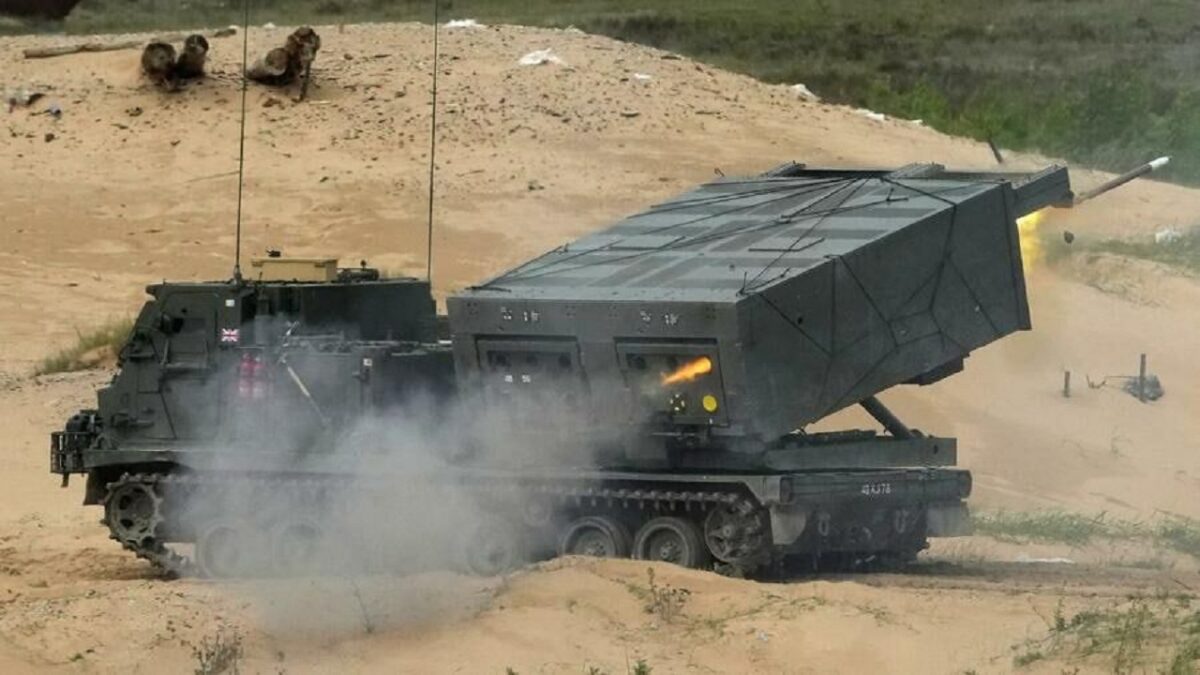
HIMARS. Image Credit: British Army.

HIMARS. Image Credit: U.S. Military.
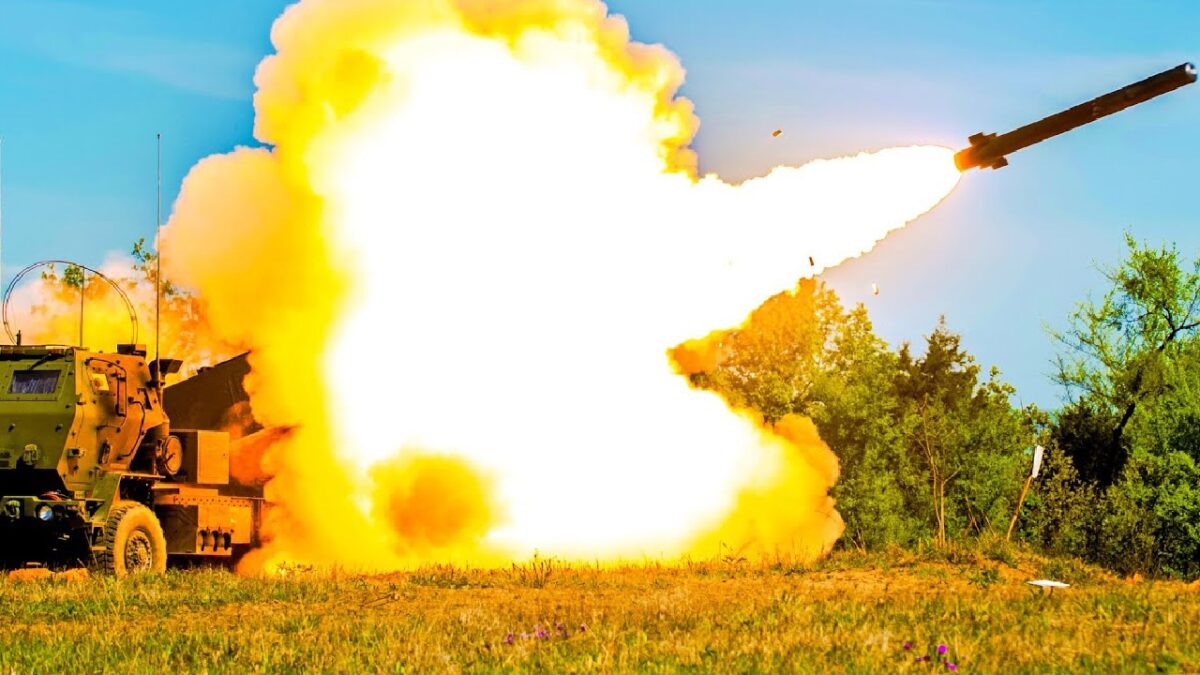
HIMARS Attack. Image Credit: Creative Commons.
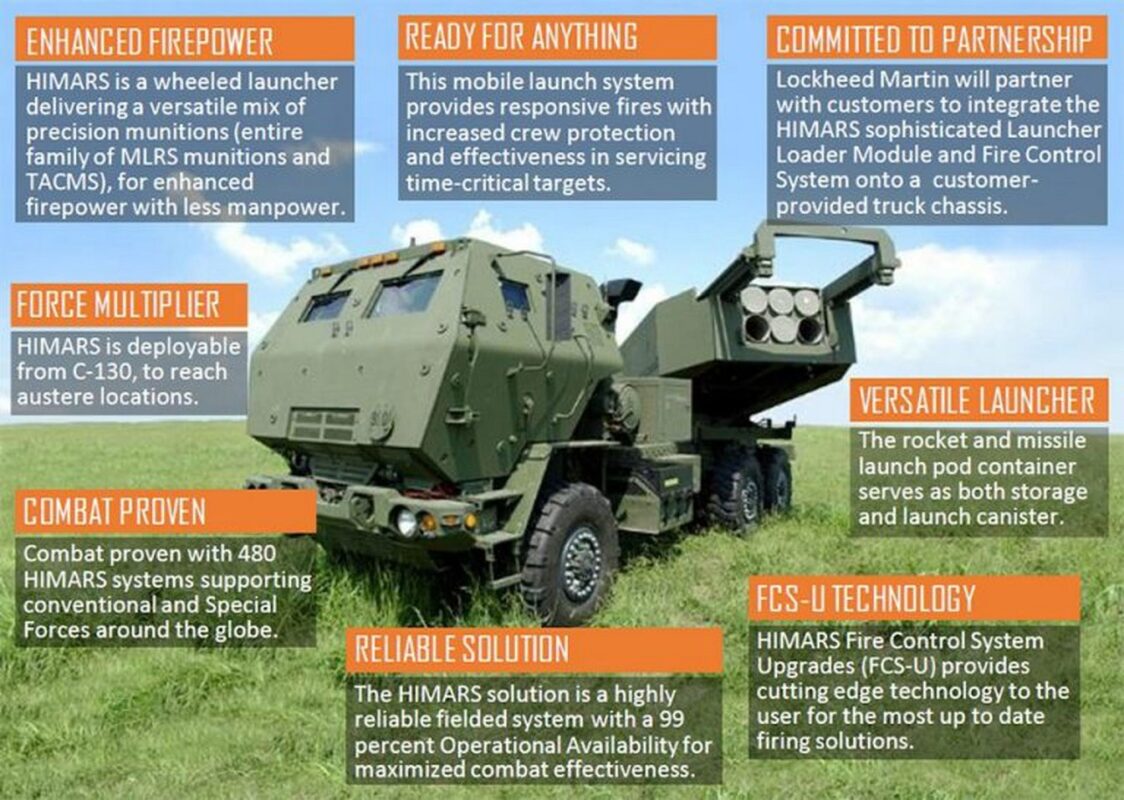
HIMARS graphic from Lockheed Martin.
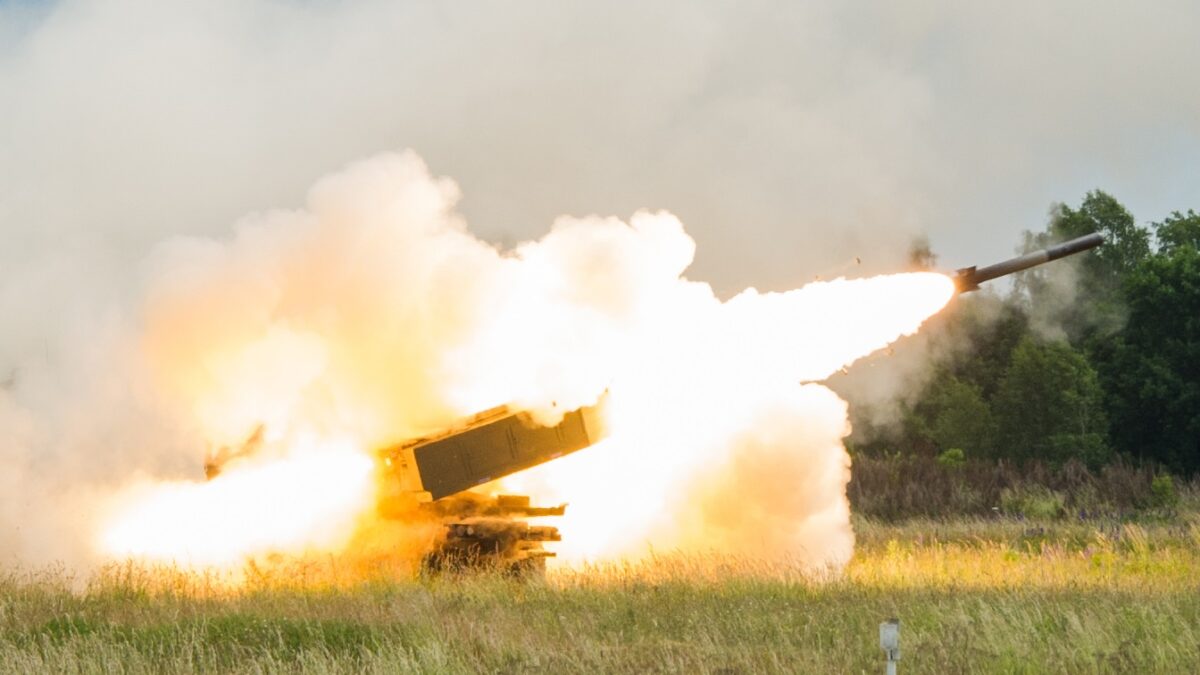
M142 High Mobility Artillery Rocket System (HIMARS) vehicles with 1st Battalion, 181st Field Artillery Regiment, Tennessee Army National Guard participating in Saber Strike 17 execute a fire mission at Bemoko Piskie, Poland, June 16, 2017. This year’s exercise includes integrated and synchronized deterrence-oriented training designed to improve interoperability and readiness of the 20 participating nations’ militaries. (U.S. Army photo by Markus Rauchenberger)
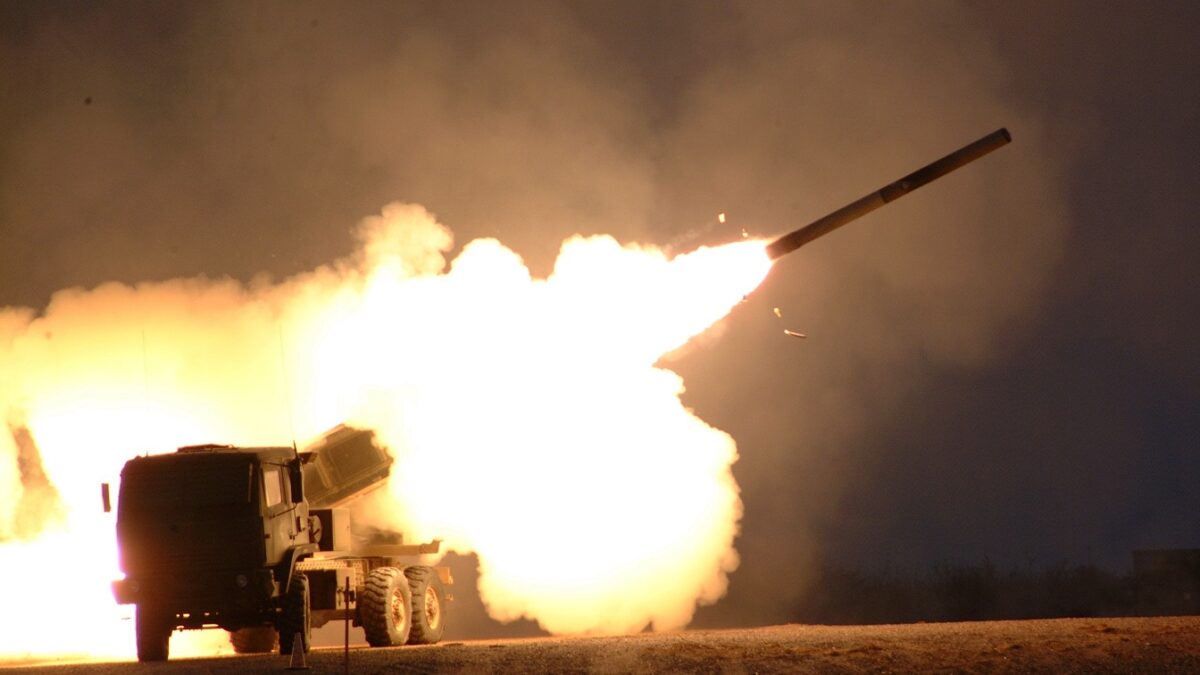
HIMARS. This is similar to what is being used in Ukraine.
A Senior Editor for 19FortyFive, Peter Suciu is a Michigan-based writer. He has contributed to more than four dozen magazines, newspapers, and websites with over 3,000 published pieces over a twenty-year career in journalism. He regularly writes about military hardware, firearms history, cybersecurity, and international affairs. Peter is also a Contributing Writer for Forbes and Clearance Jobs. You can follow him on Twitter: @PeterSuciu.

